Snakes often evoke a mix of fear and fascination, especially when it comes to the venomous varieties lurking in unexpected places. Georgia, with its lush landscapes and diverse ecosystems, is home to several of these captivating reptiles. Understanding where these snakes roam and how to identify them is crucial for anyone living in or visiting the Peach State. This article delves into Georgia’s most dangerous snakes and reveals their hidden habitats.
Cottonmouth: The Water-Loving Menace
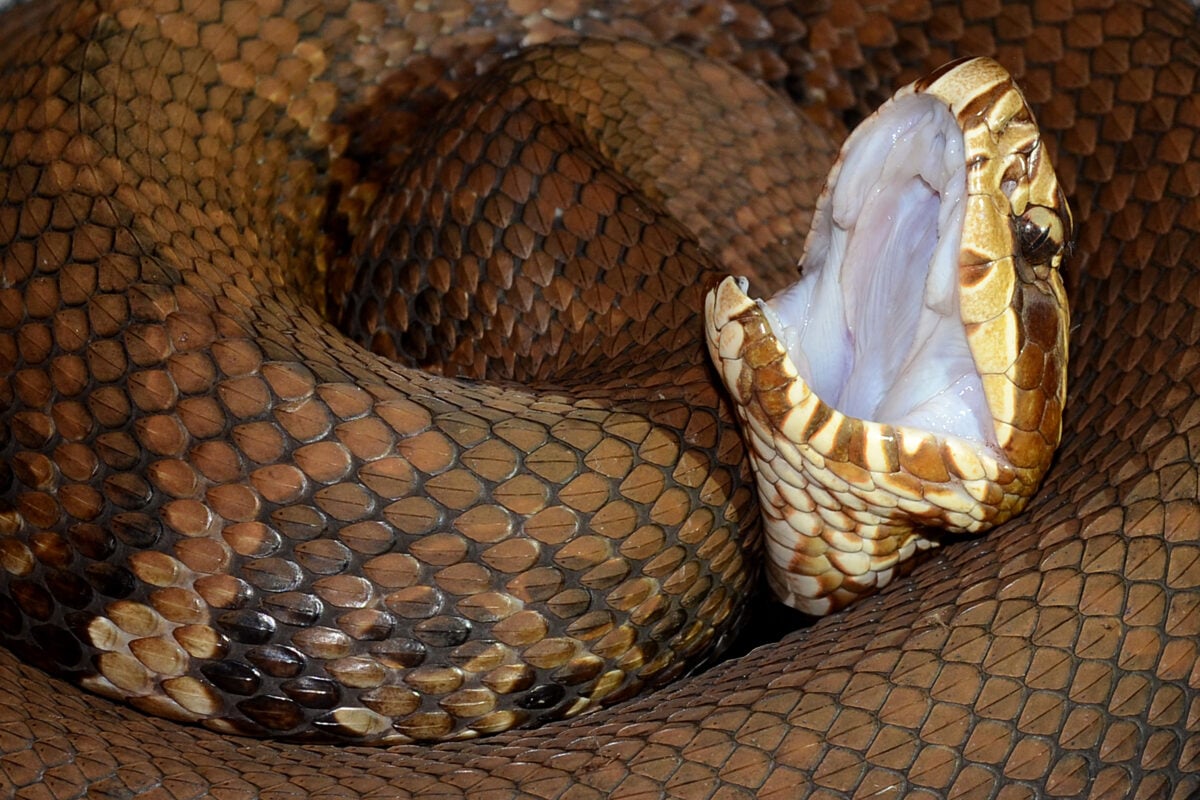
Known scientifically as *Agkistrodon piscivorus*, the cottonmouth, or water moccasin, is one of Georgia’s most infamous snakes. It thrives in wet habitats such as swamps, marshes, and river edges. Famous for its white-lined mouth, visible when threatened, the cottonmouth is both aggressive and territorial. A chance encounter could occur during a leisurely hike near water bodies, so caution is advised.
Eastern Diamondback Rattlesnake: The Forest Predator
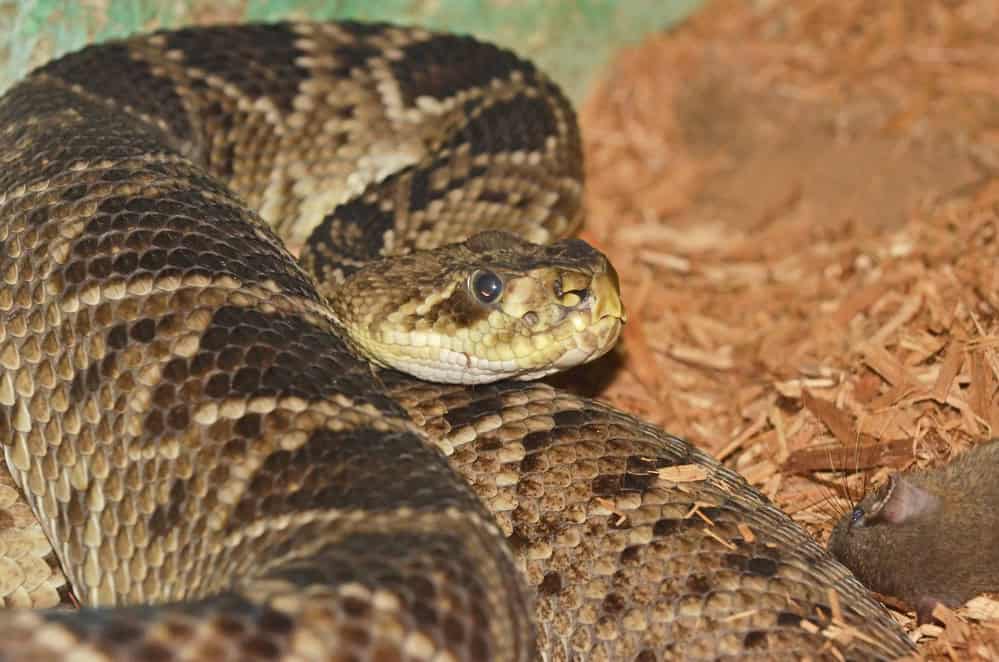
The Eastern diamondback rattlesnake, distinguished by its diamond-shaped patterns, is the most formidable rattlesnake species in terms of size and venom potency. It resides in pine flatwoods and coastal scrub areas, where it uses its camouflage to blend seamlessly into the underbrush. Hikers and campers should remain vigilant when traversing such terrains.
Pigmy Rattlesnake: The Silent Striker
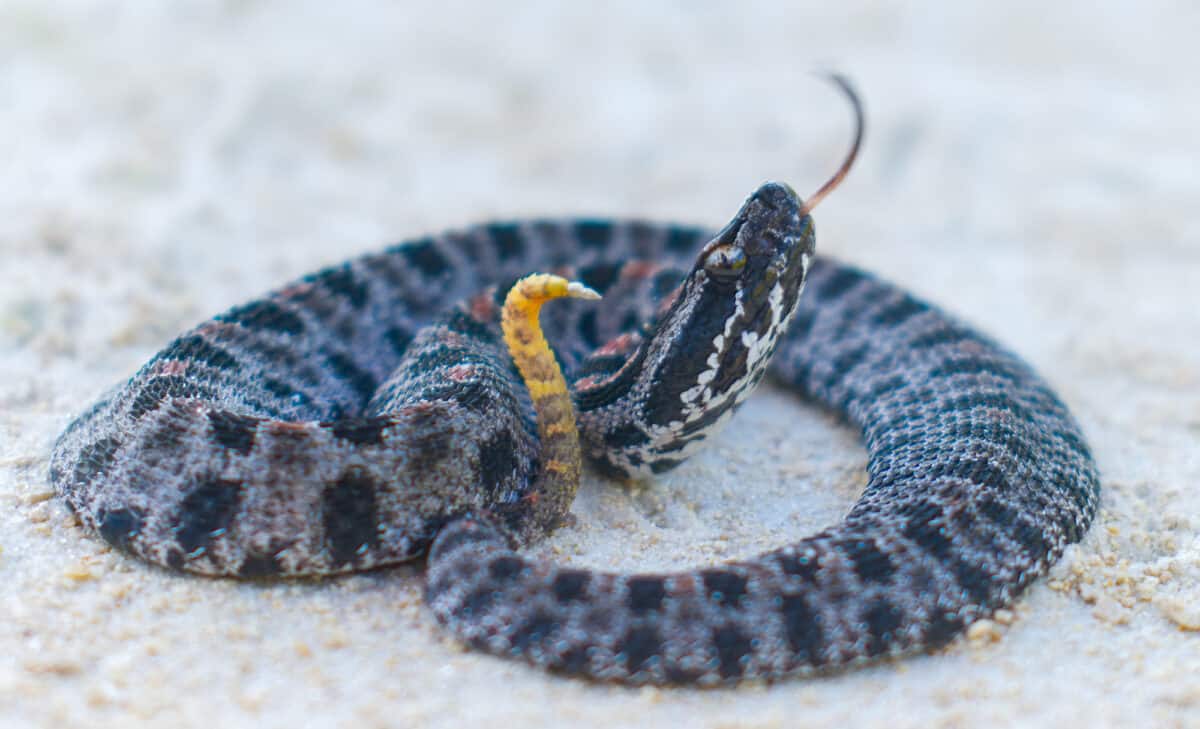
Although smaller than its diamondback cousin, the pigmy rattlesnake packs a punch with its venom. Its habitats include sandhills, flatwoods, and mixed forests, where its diminutive size makes it easy to miss. Listen for the faint rattle as this secretive snake ambushes prey like frogs and small rodents.
Timber Rattlesnake: The Cautious Lurker

The timber rattlesnake, also known as the canebrake rattlesnake, is found statewide but often lounges quietly in forested environments. Its preference for rural and undeveloped zones means it’s less encountered by city dwellers but poses a significant threat to those engaging in forest activities such as hunting and tracking.
Copperhead: The Master of Disguise

Copperheads are arguably the most frequently encountered venomous snakes due to their adaptive nature. These snakes easily blend into leaf litter with their coppery coloration. They inhabit rocky hillsides, forests, and even suburban areas with abundant vegetation. Their venom is less potent compared to rattlesnakes, yet their bite should not be underestimated.
Cottonmouth and Timber Rattlesnake Overlap: A Dangerous Duo

In regions where water sources stretch into forested lands, both cottonmouths and timber rattlesnakes might coexist. This proximity can make these areas particularly risky for outdoor enthusiasts, emphasizing the importance of being aware of your surroundings when exploring Georgia’s natural beauty.
Snake Safety: Avoiding Unwanted Encounters

To minimize snake encounters, wear sturdy boots and long pants while hiking, and stick to established trails. Awareness of your environment and avoiding tall grass or brush can prevent accidental confrontations with these reptiles. Familiarize yourself with the appearance and behavior of local snakes to identify them quickly and accurately.
Snake Identification: Recognizing the Threat
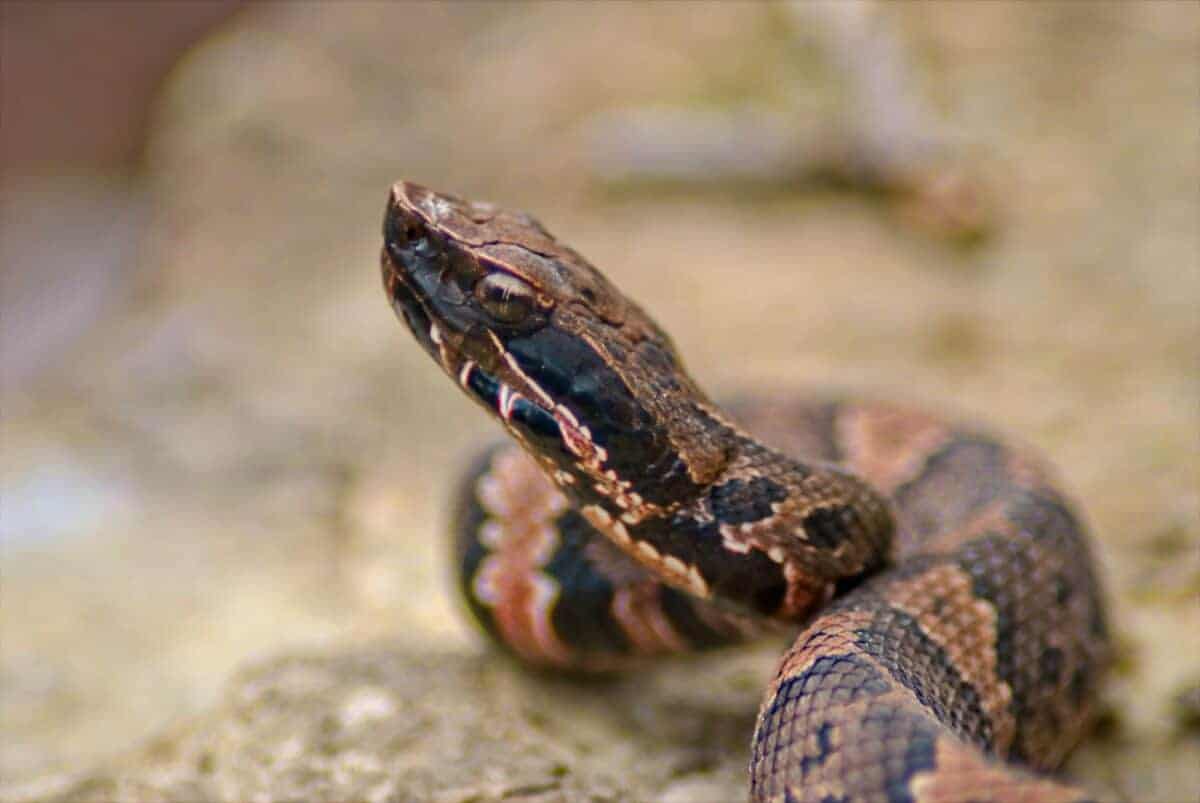
Understanding the visual characteristics of these snakes is crucial for identification. Note the distinct markings, coloring, and body shape of each species. For instance, cottonmouths feature a banded appearance while copperheads have hourglass patterns down their backs.
Seasonal Behavior: Snake Movements and Activity
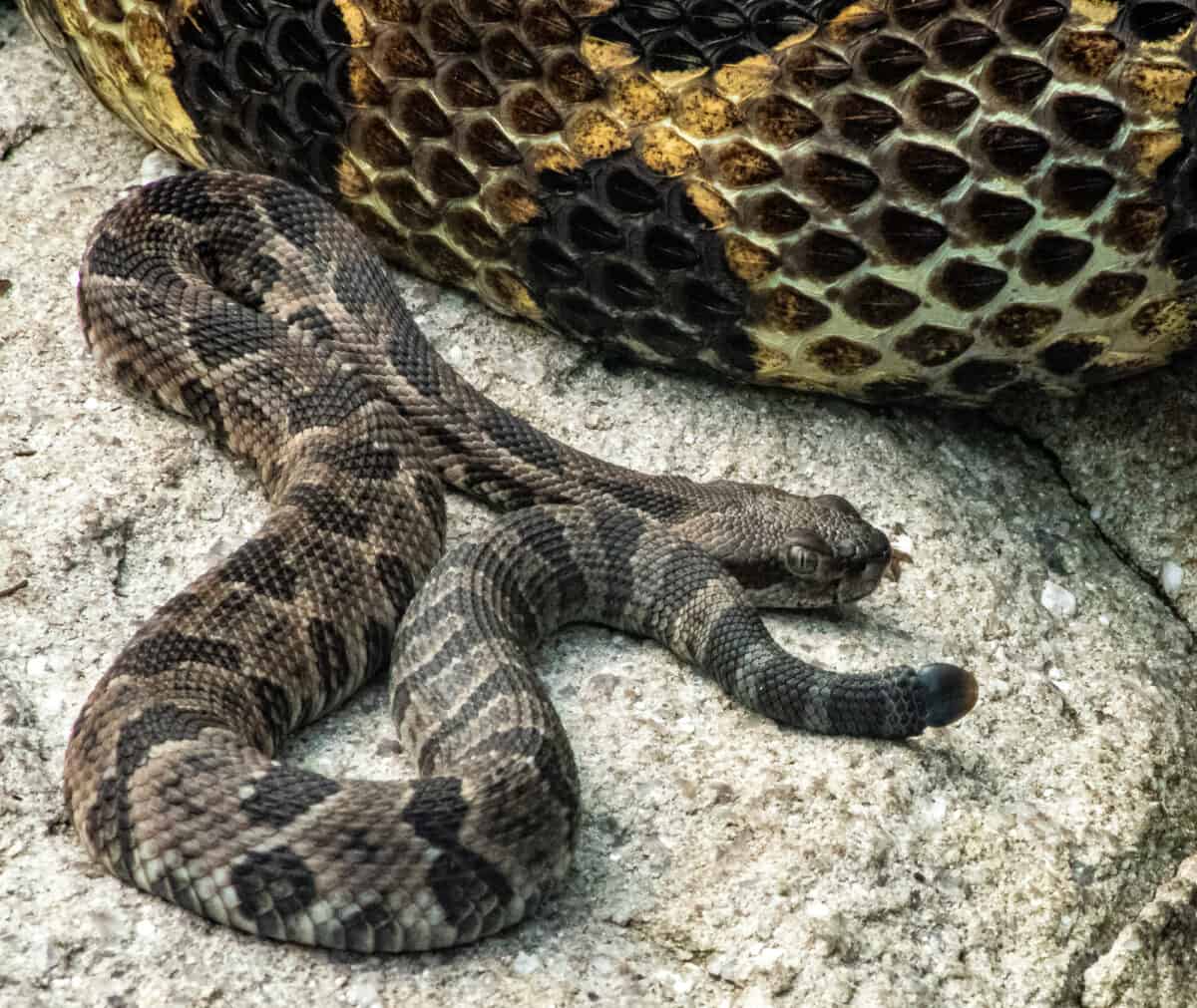
Georgia’s snakes are more active during warmer months, from spring to early fall, when they emerge for mating and feeding. Knowledge of seasonal patterns can help anticipate encounters and formulate safer outdoor plans. Snakes may also seek shelter during cooler months, making fallen logs and rock piles potential hiding spots.
Venomous or Harmless: Clarifying Misconceptions
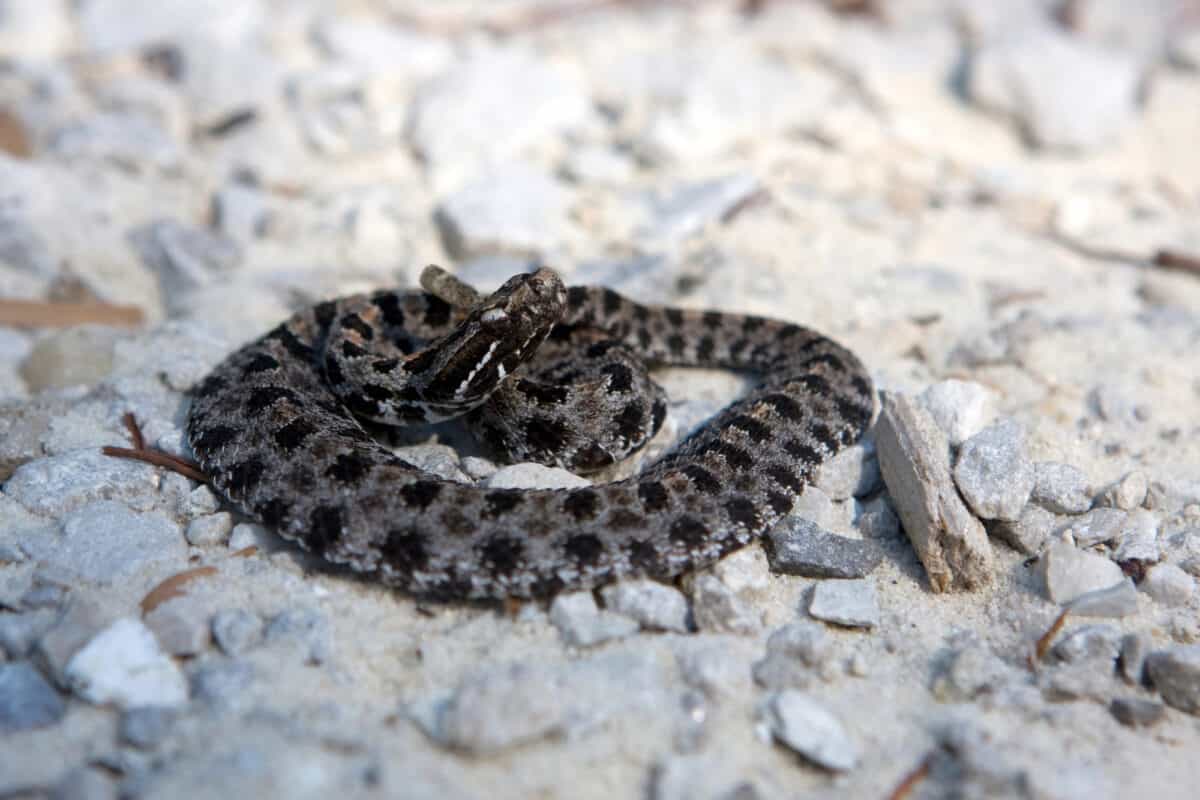
Not all snakes in Georgia are venomous. Understanding the difference between venomous and non-venomous species can alleviate unnecessary fear. Many non-venomous snakes play vital roles in ecosystems by controlling pest populations, making education on snake diversity essential.
The Vital Role of Snakes in the Ecosystem
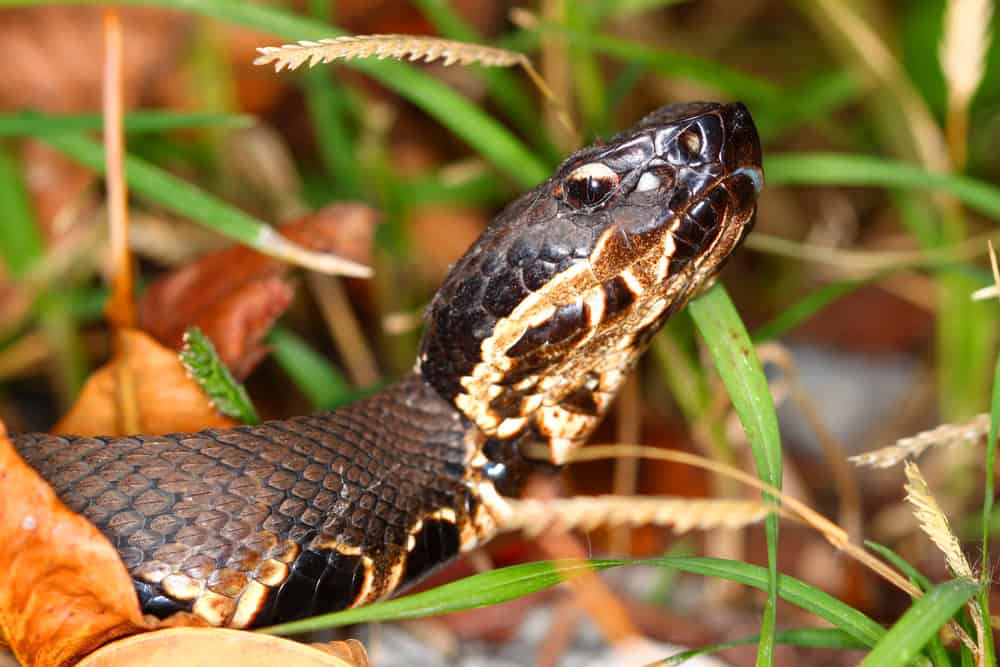
Despite their fearsome reputation, snakes are integral to maintaining balanced ecosystems. They help control prey populations and serve as food for larger predators. Embracing a respectful attitude towards these reptiles can foster coexistence and promote ecological health.
What to Do if Bitten: Emergency Response Tips

If bitten by a venomous snake, it is crucial to remain calm and seek immediate medical attention. Limiting movement and keeping the bitten limb at heart level can slow venom spread. Time is critical, making professional care and, if possible, administering antivenom top priorities.
Concluding, awareness and understanding pave the way for safer coexistence with Georgia’s most dangerous snakes. By learning about their habitats and behavioral patterns, residents and visitors can reduce risks and appreciate the invaluable role these snakes play in their natural environments. The possibility of an encounter is real, but with knowledge and respect, one can explore Georgia’s wilds with confidence and care.
- The Largest Wolf Ever Recorded Was the Size of a Pony - August 22, 2025
- This Bird Has the Largest Wingspan of Any Living Creature - August 22, 2025
- The Brightest Supernova Ever Recorded Is Visible Again - August 22, 2025

